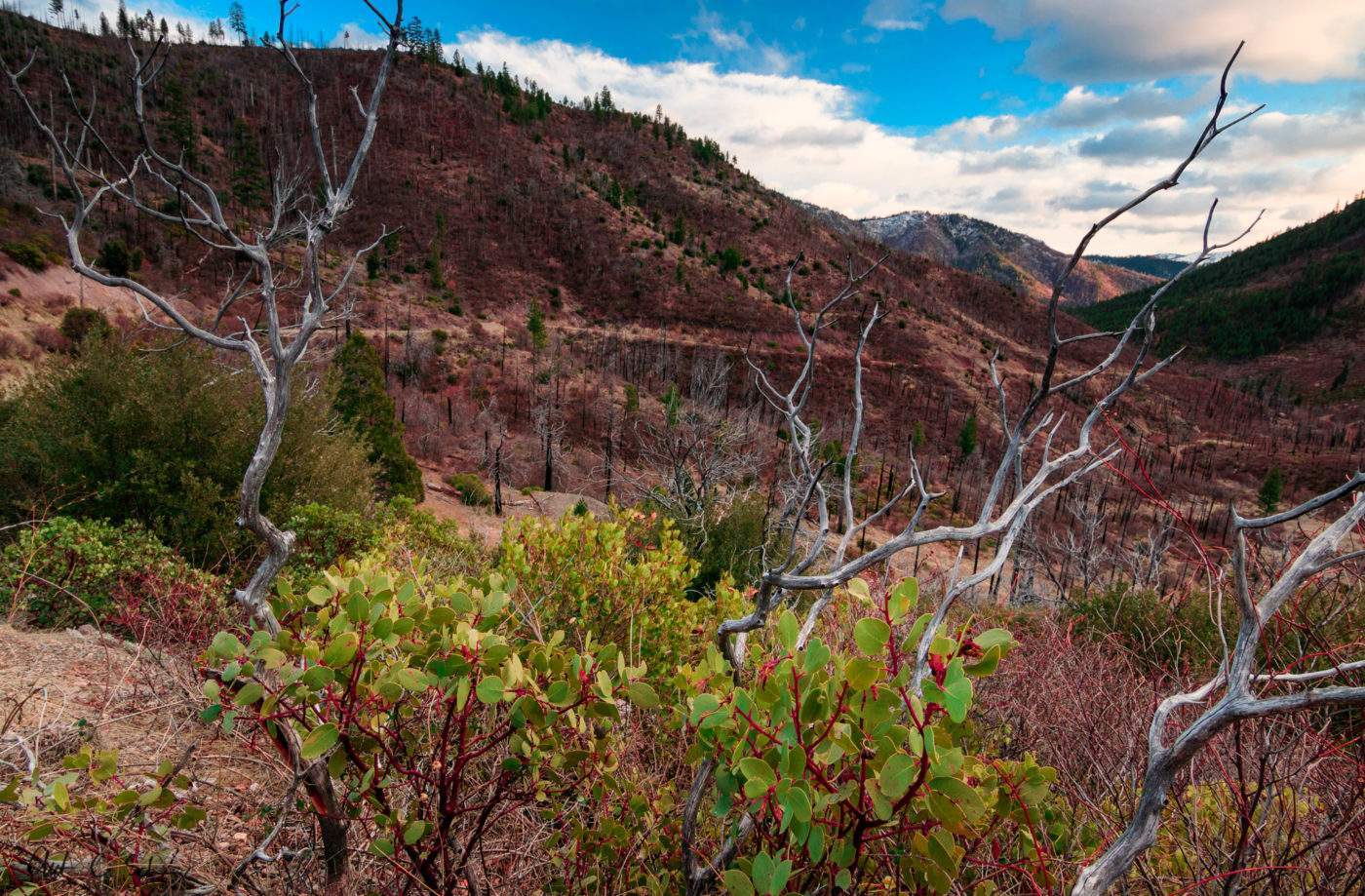
Before arriving in Taylorsville, I thought I knew what to expect. I had lived in a few small towns and traveled through many others. But in the northeastern Sierra, I found a character all its own.
On chilly early morning walks, pouncing pumas are a primary concern. On twilight drives, it’s rare to see fewer than two dozen deer, a skunk, and a fox. (I consider myself lucky if this encounter is anytime except when they’re staring back at me through my headlights.) In valleys nestled in mountain arms of manzanita and pine—studded with snowy peaks—ouzels dip in rushing creeks and owls sit on wires, listening for mice.
These experiences are possible because swaths of the Sierra remain spared from the urban-suburban onslaught or the touristy vacation-home craze. Although it’s not easy to make a living in such rugged places, those who choose to live here do so because they love its rural character, not because of artificial amenities or commuter convenience.
But for all its untamed charm, rural communities in the Sierra are not without their troubles. This present day landscape was born from a tragic past. Scars reveal themselves in the memories of indigenous people treated unjustly since the Gold Rush. Some tribes were left without recognition or even a fraction of their land once assured by the state.
Once economic engines for mountain towns, forests are no longer prosperous and bustling. Jobs, people, and schools dwindled away. At the same time, a catastrophic cocktail of conditions—increasing drought, building fuel loads, a changing climate, and spreading pests and disease—left many forested communities vulnerable to wildfire of unprecedented scale.

Yet these challenges are of human making. Although they are wickedly complex, these wounds can be mended by humans too.
Overcoming these challenges requires collaboration. By partnering with forestry and watershed groups, local governments, federal officials, businesses, volunteers, and others, Sierra Institute shares knowledge and helps build capacity. Sierra Institute’s collaborative approach bridges gaps, each entity achieving more than would be possible alone.
In this way, my new colleagues at the Sierra Institute for Community and Environment are sources of inspiration.
They capture state, federal, and philanthropic foundation funds, funneling them into rural workforces. Their work gives a voice to communities in planning efforts or helps to build facilities that can restore forests and re-energize small towns and tribes. They take students into the forests, teaching them about forestry, ecology, and life—opening the door to both educational and employment possibilities these young adults may have never known existed.
Yet these challenges are of human making. Although they are wickedly complex, these wounds can be mended by humans too.
Everyday the folks at Sierra Institute find ways to overcome obstacles—whether of bureaucracy, funding, or human capacity—to get things done.
As a new apprentice for the Sierra Institute, I’m lucky enough to spend the next five months learning as I help the rural Sierra become more resilient and vibrant.
You can help make this work possible by donating to the Sierra Institute today. And be sure to follow our progress through our newsletter or on Facebook and Instagram.

Since January, Austin has helped the Sierra Institute improve rural water systems, secure local forestry jobs, and build resilient forests and small town economies as Natural Resource Social Science Apprentice. He earned his B.A. in Human Ecology from College of the Atlantic and will pursue a master’s degree in the field of natural resources management this fall.


